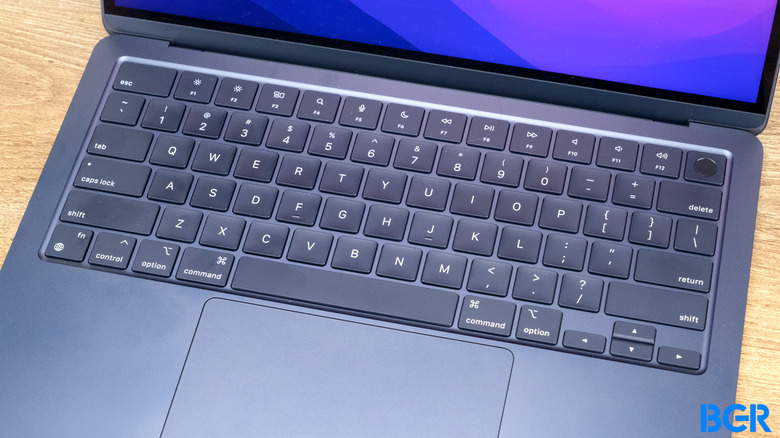TSMC Starts Mass-Producing 3nm Chips Ahead Of M2 Pro And M2 Max MacBook Release
TSMC is finally mass-producing the next generation of powerful 3 nm chips as the manufacturer celebrated this goal. One of the key companies that will benefit from this achievement is Apple, which currently uses an "enhanced 5nm processor" as the technology wasn't ready for the A16 chip release alongside the iPhone 14 Pro series.
"TSMC is maintaining its technology leadership while investing significantly in Taiwan, continuing to invest and prosper with the environment," TSMC Chairman Mark Liu told a ceremony marking the production and capacity expansion in the southern city of Tainan, as covered by Reuters.
This celebration comes at a time TSMC is building a plant in Arizona, United States, to produce 4nm and 3nm chips there. Apple and Nvidia are the first customers to take advantage of this facility.
Regarding Apple's subsequent releases, the company is expected to introduce a new MacBook Pro with the M2 Pro and M2 Max processors. If Apple were to announce this product with the "enhanced 5nm technology," the power gains would be as modest as the comparison between the M2 and M1 base-model processors.
With a 3nm technology, Apple will be able to announce better horsepower once this new 14-inch and 16-inch machines won't have a whole lot to differentiate from the current generation. Rumors indicate that Apple will maintain the same design and ports available, as it just revamped its most demanding MacBooks.
Another product that can benefit from this 3nm technology is the upcoming iPhone 15 Pro series. When Apple announces the A17 Bionic chip, the 3nm chip will be in mass production for more than six months. With that, the Cupertino firm will also be able to improve other technologies, such as Neural Engine and camera processing, as this chip will be more powerful.
That said, while US companies will start to take advantage of this technology, Reuters reports that TSMC is already working to build factories for the next generation of 2-nanometre chips, which are planned to be manufactured in northern and central Taiwan.
